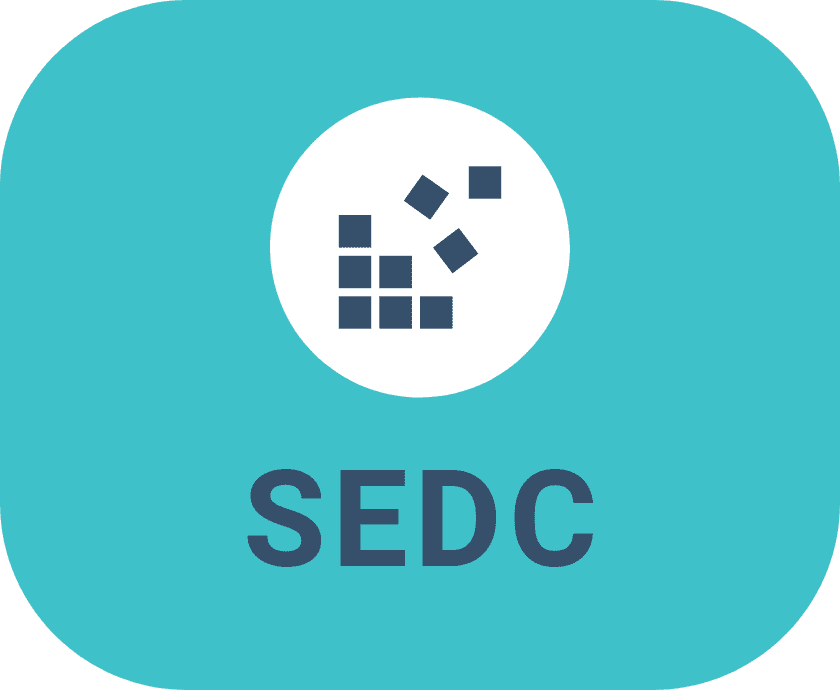Structural Engineering Abaqus Tutorials
The most comprehensive course with 13.5 hours of real life structural examples under various loading conditions
This course is specially designed for mechanical, civil engineering students who want to expand their finite element knowledge. This course will teach you the theory behind input parameters as well as modelling and analysing the results. What you will get in this course: **This Course is the divided into the 12 sections and in order to get the most advantage of it, we highly recommend you to follow the course in order as the basic terms have been only explained in the initial sections. Section 1: An overview of this tutorial. Section 2: This section aims to teach you how to analyse various concrete beams under the 3-point bending condition. First, we start modelling the concrete beam only using CDP material property for concrete class B50, then in each video in this section, we try to reinforce the concrete beam with different methods such steel bars and strips, CFRP and metal foam. There are two assignment videos in this section that will help you to test your newly learned skills. In addition, this section provides you with some background information about the concrete damaged plasticity (CDP), Hashin damage criterial for composite material and metal foam input parameters. It is highly recommended to watch all these videos and make sure that you understand the theory behind input parameters. Section 3: This section aims to teach you how to analyse various concrete column under compressive loading. In this section, similar to the previous section, we start modelling concrete only then we reinforce the column using the combination of the CFRP laminate and Steel bars and strips. Section 4: This section consisted of two simulations, in the first simulations, we apply load to the concrete column without any reinforcement to have some damage (around 0.05%) on our column then the load will be removed, and CFRP layers will be used in the damaged area to increase the strength of the column and then the load will be applied again. Section 5: This section aims to teach you how to model the combination of the concrete beam and column under cyclic loading. Section 6: In this section, you will learn how to apply tensile loading on various engineering application. This section consists of four examples: Concrete specimen, Aluminium specimen and single lap bolted joints under tensile loading and adaptive mesh. In addition, you will become familiar with ductile and shear damage theory in this section Section 7: In this section, you will learn how to apply impact loading on the concrete plate using the rigid and non-rigid projectile. In addition, you will learn how to import damage criteria for concrete using .inp and keyword section by importing 32 required parameters. This section consists of three examples as follow: Concrete block under impact loading using rigid projectile (Example-1), Concrete block with two metal sheet reinforcement under impact loading using steel projectile (Example-2), Crushable foam under impact loading using rigid projectile (Example-3) Section 8: In this section, you will learn how to consider the thermal behaviour of the material under impact loading and how these properties could affect the results. Section 9: In this section, you will learn how to perform a low-velocity impact simulation with fun example by simulating the phone drop from the height of the 5 meters. Section 10: In this section, you will learn how to perform repetitive impact loading on the metal beam using Johnson-cook damage model. Section 11: In this section, you will learn how to use the XFEM method to study the crack growth in a concrete beam under 3-point and 4 point bending condition using 2D and 3D examples. Section 12: This section has some background information about all the damage model used in this course.
Duration
13.5 hours on-demand video
Students
919
Views
5565
Ratings
4.40
30-Day Money-Back Guarantee
Certificate of Completion (On Request)
We will take you there!
Our courses are designed for graduate/undergraduate engineers, university students and engineers who are looking to refresh their knowledge.

